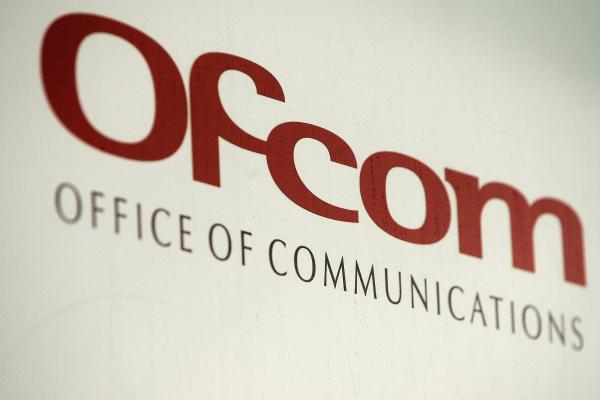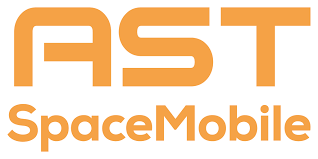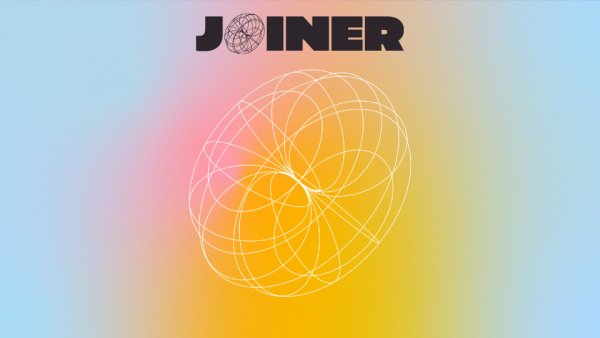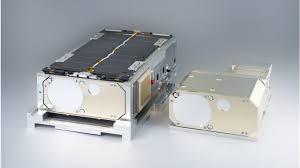Written by Saf Malik for CapacityMedia.com.

EnSilica, a leading ASIC and mixed-signal chip maker has announced a contract to develop a new chip to address the next generation of mass-market satellite broadband user terminals.
The contract has been awarded through the European Space Agency’s (ESA) Advanced Research in Telecommunications Systems Core Competitiveness programme (ARTES), through the support of the UK Space Agency.
The chip in development will enable a new generation of lower-cost, low-power satellite broadband user terminals, which track the relative movement of low-earth orbit satellites and allow users to access high bandwidth connectivity when out of reach of terrestrial networks.
Dietmar Schmitt, head of the technologies and products division at ESA said “ESA is pleased to continue our collaboration with EnSilica through the ARTES Core Competitiveness programme and to support this important technology development, which will facilitate the provision of high-capacity connectivity across a wide range of use cases.”
Use cases include satellite communication-on-the move (SOTM) for automotive, maritime and aerospace connectivity as well as extending broadband access to users without internet access.
Henny Sands, head of telecoms at the UK Space Agency described EnSilica’s satellite broadband user terminals chip as “a brilliant example of the diversity of expertise in the UK’s leading satellite communications sector.”
He added: “Through the ARTES CC programme the UK Space Agency aims to champion UK companies that have the right expertise and ambition to become global players in this market and lead on ground-breaking technologies that will enhance the wider UK space sector, create jobs and generate further investment.
“That’s why we recently announced £50 million of funding for ambitious and innovative projects that will supercharge the UK’s satellite communications industry.”
Click here to read the original article.









